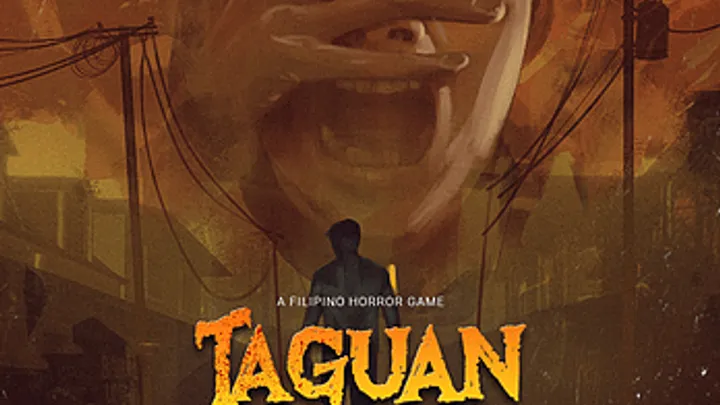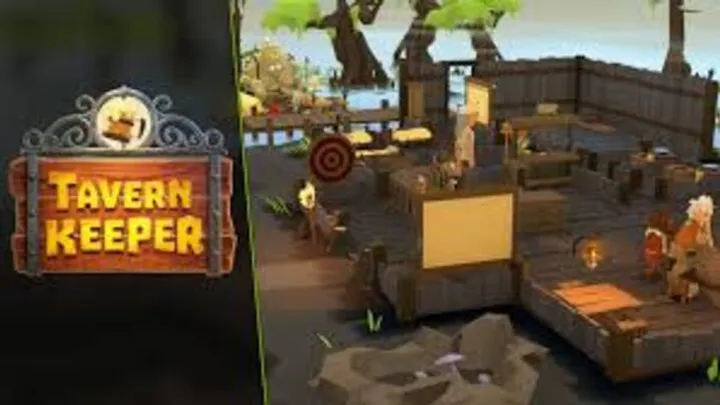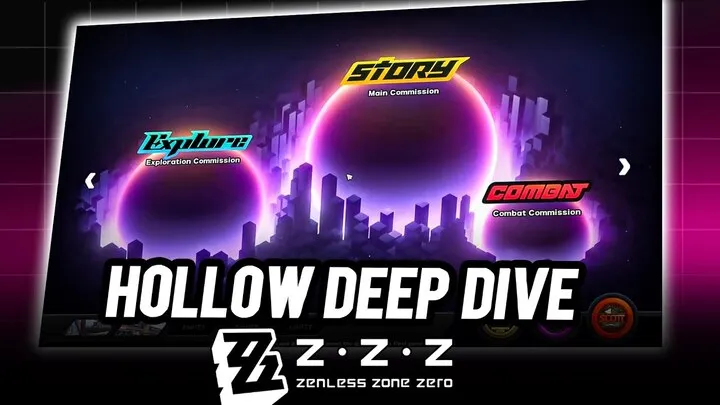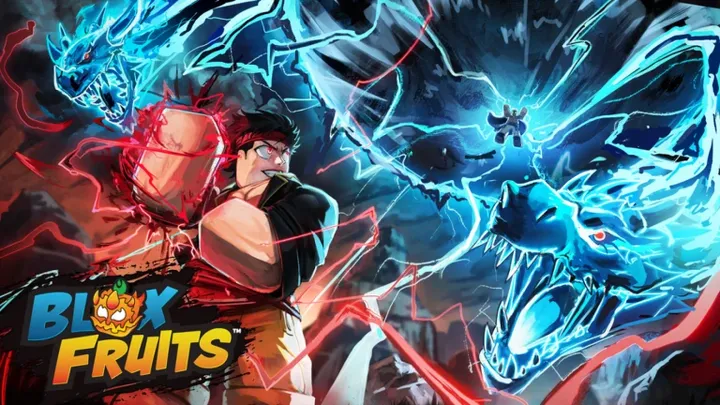🚀 The Advanced Tactics of Among Us: An Expert's Deep Dive
Among Us is a social deduction phenomenon that transcends simple gaming, acting as a dynamic psychological experiment where deception and logic collide. Achieving consistent success, whether as a Crewmate or an Impostor, demands not just mechanical familiarity but a mastery of behavioral psychology, map control, and advanced communication strategies. This guide provides the expert-level framework necessary to dominate the airlock.
I. The Impostor's Toolkit: Psychological Warfare and Map Control
The Impostor's role is a constant balancing act between appearing innocent and executing lethal, efficient kills. True mastery lies in utilizing the map's mechanics to create advantageous scenarios.
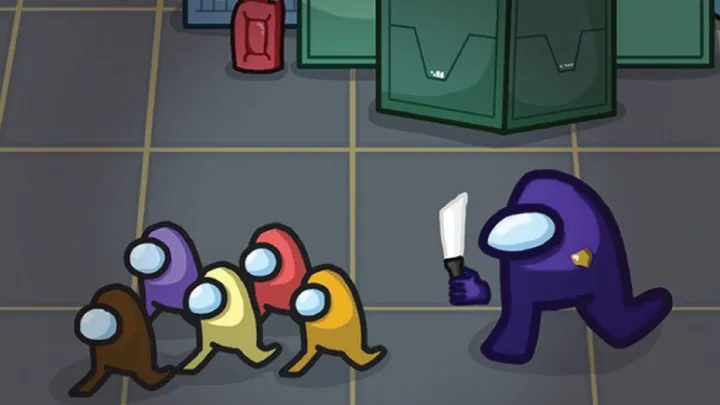
A. Strategic Alibi Construction (The "Fake Tasking" Art)
An expert Impostor is never idle. Their movement must mirror that of a genuine Crewmate, but with calculated purpose.
- The Movement Trajectory: Do not simply walk from room to room. Adopt the "Crewmate Stroll": approach a task, pause for the duration of a long task (e.g., Download Data, Wiring), and then move on. Avoid faking short tasks or common tasks, as experienced players track these closely.
- The Mid-Task Sabotage: Never stop to hit the Sabotage button. Instead, open the Sabotage menu while walking and initiate the event without breaking your stride. This prevents the immediate, high-suspicion connection between your halt and the lights going out.
- The "Cleared" Sabotage: A powerful deception is to initiate a critical sabotage (Reactor or O2) and be the first one to actually fix it. This provides an immediate, iron-clad alibi to less observant players, essentially "clearing" you in their eyes for the remainder of the round.
B. The Geometry of the Kill (Venting and Sightlines)
Effective killing is about eliminating witnesses and ensuring a clean escape route.
- The Double-Kill Coordination: In multi-Impostor games, synchronize the kill. The ideal double-kill should be executed simultaneously on two separate, unsuspecting Crewmates. This halves the voting power in one blow and minimizes the chance of one Impostor being immediately reported by the victim of the other.
- Venting for Purpose, Not Escape: Vents are not just for escape; they are for strategic positioning. Use them to:
- The Flash Kill: Vent into a high-traffic area (e.g., Electrical on Skeld), kill a straggler with a short cool-down, and vent out immediately to a completely different part of the map. This creates a large distance between the body and your current location.
- "Camp" a Monitor: Use a nearby vent to monitor a security station (Cams or Admin). When a Crewmate moves to check a body near that location, vent in, kill them, and escape, creating a scenario where two bodies appear far apart despite a single-Impostor kill.
C. Sabotage as Tactical Control
Sabotage is the Impostor's primary tool for map manipulation, not just for an Emergency Win.
- Lights (The Vision Blind): The most crucial sabotage. Lights off forces Crewmates to clump together to survive, creating ideal conditions for a group kill or a highly confusing body report.
- Doors (The Isolation Cage): Use doors to isolate groups or prevent a witness from reaching the Emergency Button. If you kill in a remote area (e.g., Laboratory on Polus), closing the nearby doors buys crucial seconds on your kill cooldown and prevents the witness from immediately reporting.
- Comms (The Information Blackout): Sabotaging Comms disables the Admin Map, Vitals, and Door Log. This is essential before a multi-kill, as it prevents Crewmates from tracking your movement or gathering real-time evidence.
II. The Crewmate's Protocol: Information Warfare and Logic
The Crewmate role is a battle against the clock and against psychological manipulation. Victory is secured through rigorous deduction and information sharing.
A. The Advanced Art of Tracking (Behavioral Profiling)
Expert Crewmates treat the game not as a sequence of tasks, but as a complex movement puzzle.
- Task Bar Observation: Note when the task bar goes up and relate it to the group performing tasks. If the bar doesn't move after a reasonable time spent by a player at a task station, that player is highly suspicious.
- The "Follower" Test: A true Impostor often shadows a potential victim, hoping for isolation. If a player changes their movement trajectory to follow you after a brief initial interaction, they are likely the Impostor attempting to initiate a kill sequence.
- Visual Task Confirmation (The Hard Clear): Tasks with visual animations (MedBay Scan, Clear Asteroids, Prime Shields, Empty Garbage) provide 100% confirmation of innocence. An expert Crewmate prioritizes establishing a "Hard Clear" with one trusted teammate early in the game. This duo then becomes a powerful, unshakeable voting block.
B. The Power of Observation (Monitoring Stations)
Active monitoring transforms a passive Crewmate into an intelligence officer.
- Admin Map Mastery (The Blip Track): The Admin Map shows the number of players in each room. Watch for a "blip" disappearing from one room and immediately reappearing in an adjacent room without crossing the hallway. This is the most common sign of venting. If a body is reported in the first room, the remaining player(s) are the only suspects.
- Security Cameras (The Kill Catch): Cams are dangerous but necessary. Never stay on Cams permanently; use them for quick checks. If the red light suddenly turns off, it may indicate someone exiting the camera's view immediately after a kill.
- Door Log (Mira HQ): The Door Log tracks movement through specific sensors. Master the flow of traffic to detect impossible movements (e.g., someone is logged entering a room but never logged exiting).
C. Meeting Protocol and Communication
The Emergency Meeting is where information is processed and converted into action.
- The "Where Were You" Methodology: Instead of simply asking "Who?" initiate the discussion by establishing an immediate timeline: "Where were you when the body was found, and who can vouch for you?" This forces the Impostor to create a quick, often flawed, alibi.
- Trust Triangulation: If two Crewmates can vouch for each other via a visual task or sustained grouping, they clear each other. Use this established trust to pressure the remaining players. Example: "Red and I scanned, we are clear. Where were Blue and Green when the kill happened?"
- The "50/50" Sacrifice: In the late game (e.g., 5 players remaining with 2 Impostors, or 4 players remaining with 1 Impostor), if the vote is a guaranteed 50/50 (two equally suspicious players), always vote one out. The Crewmate's only path to victory is through elimination. Avoiding a vote simply allows the Impostor to get another kill, often leading to a loss.

III. The Meta-Game: Adaptation and Game Settings
An expert recognizes that the rules of the game are defined by the lobby settings.
A. Adapting to Setting Variables
- High vs. Low Kill Cooldown: A short Kill Cooldown (e.g., 10 seconds) demands extreme caution from Crewmates (prioritize grouping) and high aggression from Impostors (prioritize frequent, small kills). A long cooldown (e.g., 45 seconds) allows Crewmates time to complete tasks and Impostors time to build elaborate alibis.
- Confirm Ejects On/Off:
- On: Crewmates can afford risky, speculative votes. Impostors must be perfectly innocent.
- Off (Anonymous Votes): This is the ultimate test of deduction. Crewmates must be 100% certain. Impostors thrive in the chaos, as they can freely vote against their partner or a neutral party to shift suspicion, knowing the outcome is not immediately revealed.
- Vision Differential: If Impostor vision is significantly higher than Crewmate vision, the Crewmates must stick together and treat every corner as a potential ambush point. Impostors should maximize kills in unlit areas.
B. The Psychological Edge
- The Power of Silence: As a Crewmate, if you have strong evidence (a vent, a visual clear), do not immediately broadcast it to the whole lobby. Reserve the critical piece of evidence until the Impostor attempts to shift suspicion onto someone else, then deliver the final blow.
- Misdirection as Impostor: Never aggressively accuse. Instead, subtly support an accusation against a random Crewmate. Frame the narrative as an open question: "I saw Red near the body, but Blue was also acting weird. I'm not sure, what do others think?" This makes you appear reasonable and allows the lobby to self-destruct.
- Mastering the "Self-Report": The self-report is the Impostor's most effective tool. Kill in a remote location, immediately report, and then provide a perfectly constructed, often over-complicated, alibi detailing your entire journey leading up to the report.
In conclusion, Among Us is a game of perfect information for the Crewmates and perfect deception for the Impostors. The expert player is the one who can consistently manipulate or utilize the information asymmetries presented by the map, the settings, and the human element. Success is not random; it is the inevitable result of superior strategy and psychological control.
Would you like me to focus on the advanced tactics for a specific map (e.g., Polus or The Airship) or detail the optimal use of specific roles like the Engineer or Guardian Angel?



